Email marketing is important for any business’s digital marketing strategy but it is especially important for ecommerce businesses because it helps them build better relationships with prospects and customers.
Ecommerce businesses can use email marketing campaigns to engage users unlike any other form of digital marketing. Additionally, the high ROI of 3,800 percent, growing email users worldwide and the proclivity of users to maintain the same email for decades makes email marketing impossible to overlook.
However, it can be confusing for most people to fully understand how to utilize email marketing campaigns for their ecommerce business.
To help improve the effectiveness of your campaigns, we have come up with a few ecommerce email marketing strategies and tips for you.
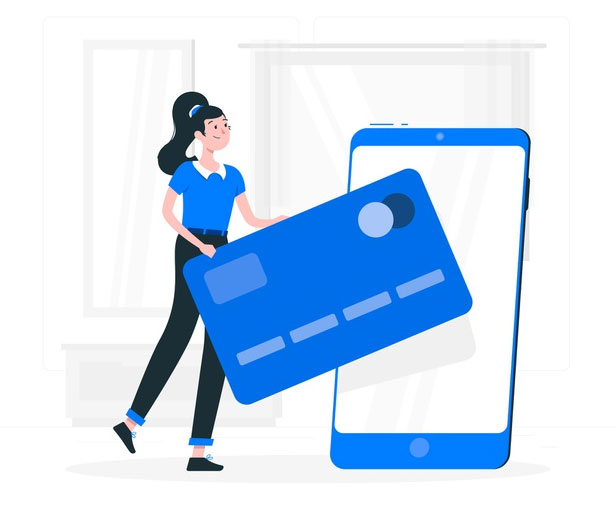
Ecommerce Email Marketing Strategies and Tips
Welcome Emails
There is only one first impression and you need to make yours count. Which is why your first email needs to be memorable in order make a good first impression. It will also dictate their interest in the follow up emails of your email marketing campaigns.
According to GetResponse, the average open rate for welcome emails is more than 82 percent and the average click through rate is around 27 percent. This means subscribers have a much higher chance of opening welcome emails, making them one of the most important emails of your campaigns.
When a subscriber first signs up for your ecommerce newsletter, they expect to hear from you, which means it is the best time to engage them. You should immediately respond to new subscribers by sending out a welcome email that is attractive, original and simple.
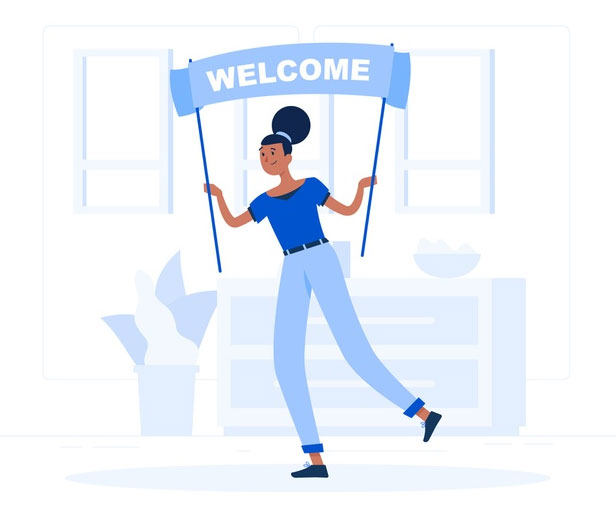
You can take this a step further and consider sending out a series of welcome emails to new subscribers. This will allow you to showcase your business, set expectations of how often subscribers can expect emails and simplify your sales process.
Give them the option to narrow down their interests if you have a wide product range. You can also reward them for signing up by offering a discount. Welcome emails also give new subscribers a chance to get to know your brand better before moving on to your regular mailing lists.
You can immediately respond with your welcome emails through autoresponders in your email marketing platform or email service provider (ESP).
Here is a list of The Best Email Marketing Platforms of 2021 for you to explore.
Segment and Personalize Emails
Your target audience is not all the same, which is why you need to segment them in order to get the best response from your email marketing campaigns. Segmenting means dividing your mailing list into smaller mailing lists of similar attributes or demographics.
It is common that different parts of the population may like your ecommerce products or services. Segmentation will allow you to cater to them separately in your emails. Moreover, personalization can help you customize emails for each segment.
Personalization in emails is a tested strategy that significantly improves open rates, click through rates and engagement while reducing bounce rates, unsubscribe rates, and spam reports. Delivering personalized emails to cater to each segment is a good way to add a human touch and keep them engaged.
It helps to improve your brand’s image in prospects’ eyes and it will make them more likely to buy your products because they feel your brand is trying to relate to their individual needs. If your ecommerce business is not segmenting and personalizing emails, then it is missing out on major conversions.
Start segmenting your email list into basic demographics and then attributes. Demographics could include age, education level, income bracket and gender, if your products call for it. Then segment by attributes like interests, purchase history, behaviors and personality.
This is just scratching the surface; you can segment much deeper depending on your ecommerce business and its needs. It will help you better personalize and better communicate with your target audiences.
Curated Emails
Curated emails are a popular and profitable choice for ecommerce businesses and marketers. This is because audiences love curated content and respond better to them. A curated email simply showcases your best products and increases the chances of conversion.
These could be the bestselling products, the highest rated products or your selection of the best products. They give prospects the chance to engage with what they like most. Curated emails work in more than one way and can be very advantageous for businesses.
Firstly, they are effective in attracting prospects, which is why most product pages often filter their products by bestselling as default. Secondly, they let you know what the prospects’ interests are to help you segment them easily.
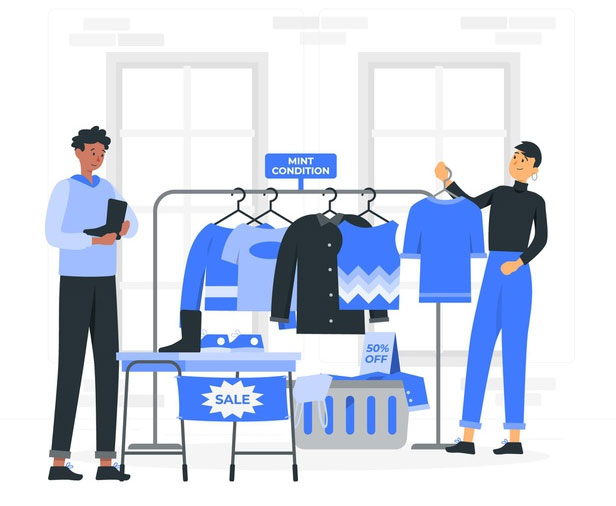
For example, if your ecommerce business sells clothing and fashion products, you can learn user behavior through tagging. If a user is only interested in clicking on men’s related products, it makes sense to segment them and promote mostly men’s products to them in your email campaigns.
Loyalty Program
Your loyal customers that bring repeat sales to your ecommerce business are an asset you cannot afford to let go. They are what keep your business running and growing, which is why creating a loyalty program for them is a good way to keep them engaged and committed to your brand.
There are a number of ways to accomplish this, but we recommend you make it a little special so that it holds value among other prospects and customers. You can segment your repeat customers and send them emails notifying them that they are now a part of your special loyalty program.
You can use this email to improve your relationship with them and give them some exclusive offers to encourage them to further buy more of your products. This way you have effectively engaged them, enticed them to stay committed and gotten a few more sales at the same time.
All through creating your special loyalty program and sending out a segmented email blast.
Referral Emails
Referrals in marketing are a powerful tool and there are many statistics that prove this. Giving your existing customers the opportunity to refer your ecommerce business to others is a great source for new leads at minimum costs.
Which is why setting up a good referral program in your email marketing campaigns is good as gold. You can send out emails to your customers thanking them for their interest or purchase and guiding them on how they could refer your ecommerce business if they like your products and services.
With a referral program, users reaching your ecommerce business are there through social proof from somebody in their own network that they already trust – giving them little to no reason to doubt or distrust your business.
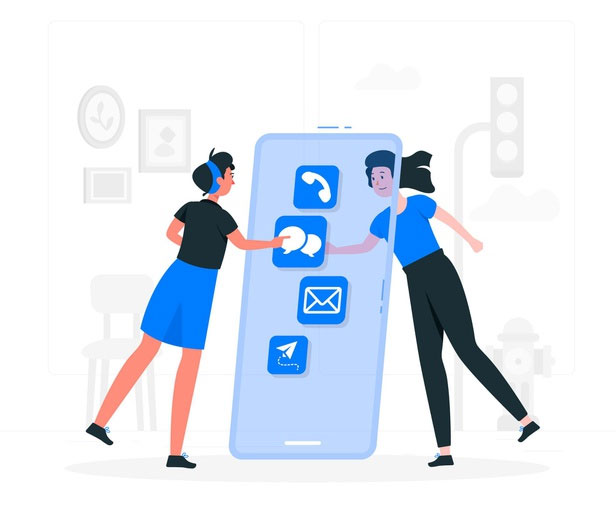
Another great add-on, if you can afford it, is to incentivize referrals. You will get a much better result than you ever expected. Offering free products, special discounts or any kind of incentive that you can allow will make it much easier for users to refer you to others.
Additionally, you should be asking for referrals on your thank you page along with your email marketing campaigns. If you are not, then we suggest that you start immediately on both fronts and watch your customer base grow.
Seasonal Promotions
While you should regularly send out promotional emails to all of your subscribers, it is especially important to send out scheduled promotional emails during peak buying season. This is around Christmas time when most people are shopping more than usual.
Ecommerce during the holiday season increases drastically and your ecommerce business should take full advantage of this peak. Incorporating holiday themed and seasonal email marketing campaigns is the best way to carve a piece of the holiday pie for your ecommerce business.
Target shopping sprees like Cyber Monday or Black Friday or simply the overall holiday experience to capture the most from the recurring massive holiday shopping. Moreover, you can offer special holiday discounts or savings coupons in your emails to spark interest.
If your ecommerce business is not utilizing these seasons to bring promotions through email marketing campaigns, not only are you losing out on sales but you are also losing valuable customers to other brands.
Abandoned Cart Emails
Abandoned carts are the bane of all ecommerce businesses. A customer went through all the steps of purchasing from you and then left you at the final step of checking out. There are many reasons customers abandon carts and it is highly common, even you must have done this many times.
Baynard Institute reports almost 70 percent of all ecommerce users abandon their shopping cart and an overwhelming 61 percent say that extra costs, such as shipping, are the number one reason. This does not mean that abandoned cart sales are gone forever.
Your ecommerce business should already be collecting email addresses and tracking abandoned carts, which means you can send those users emails when they abandon their carts. These emails can address the abandonment and do a few things.
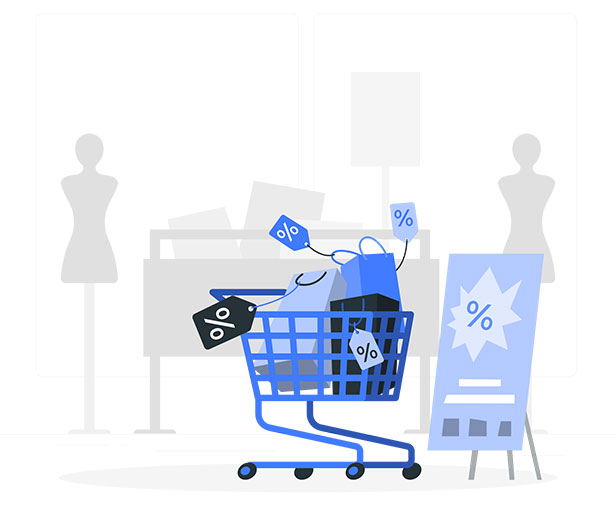
Encourage users to complete their purchase with a series of email reminders if they leave items in their cart. This email can be an extension to the first abandoned cart email. Many ecommerce businesses send follow up emails 3-5 days after an abandoned cart and usually offer discounted rates for the items.
If it is possible, you can incentivize the purchase by waiving the shipping costs or, at the very least, you can ask for feedback and learn why they abandoned their cart. This will allow you to collect data on why users are abandoning carts and work to overcome the problem for future shoppers.
Many ecommerce businesses will incentivize cart completion if they understand the lifetime value of their customer. You do not have to do this but you should know that some brands do this as a long term strategy to improve customer retention and revenue.
Ask for Reviews
Reviews are another form of social proof. They indicate to visitors of your ecommerce business that your products and business are credible and worth their time and money. Think about the last time you purchased a new product online.
Did you not check the reviews of the product or the seller you were buying from before you made the purchase? Reviews influence buyer decisions and having good reviews can do wonders for your ecommerce business.
You do not want to ask every subscriber for reviews because you may not always get the best reviews from them all and that kills your email marketing efforts.
You want to segment and target those subscribers who have previously bought products, those who open your emails regularly and generally like your products or business. These are the people you can confidently reach out to through emails to ask for reviews and get good results.
These reviews will act as social proof and boost your sales among those prospects who may have previously lost interest in your ecommerce business because of a lack of good reviews.
Upsell and Cross Sell Emails
In marketing, upselling is simply inviting a prospect to buy a more expensive product to increase their average order value. It makes sense to do this because if a prospect is willing to buy your product, they will likely be willing to buy a more expensive product if it is worth the extra expense.
Most similar products are priced in a way that a gradual increment in quality is typically worth its increased cost. If you ever purchased a product online, you might have seen a section that says, ‘You might also like…”, this is a common upsell technique for ecommerce businesses.
Cross selling is the practice of inviting a prospect to purchase a related or complimentary product. You may be familiar with this if you ever shopped on Amazon, where they display products that are ‘frequently bought together’.
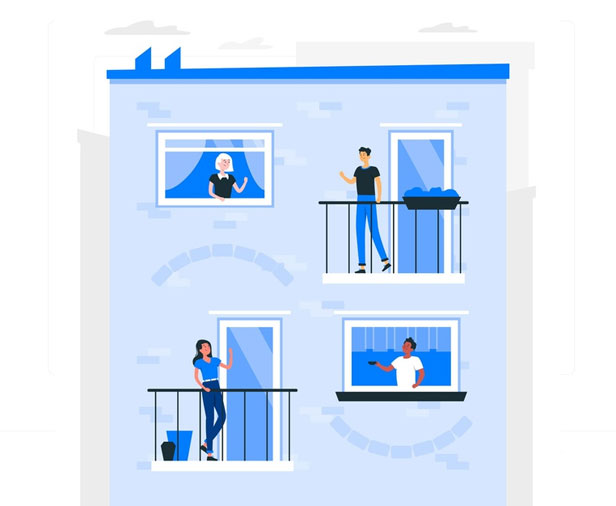
Even McDonald’s uses cross selling when they ask customers “Do you want fries with that?”.
Using upsell and cross sell emails in your email marketing campaign can, and will, improve the sales of your ecommerce business. You can target paying customers and send them upsell emails with, ‘You might also like…’ products relevant to their purchase.
You can also cross sell relevant products through email marketing campaigns after users have purchased something or on product pages before purchase, or at checkout during purchase. Although, we recommend you avoid cross selling at checkout and instead stick to email.
This is so that there is no difficulty or stuffing of products during your customer’s checkout experience. Customers should have a seamless checkout experience to encourage fewer abandoned carts in your ecommerce business.
Notification Emails
Often times you will lose sales on your products because they are out of stock. This is common with bestselling products. Although you should try to keep your bestselling items stocked up, it will not always be possible.
This is a great opportunity where you can offer customers the option to sign up to get a notification email when the product is restocked. Similarly, you can also provide an option for them to create wish-lists of products they like and automate occasional emails to notify them with updates on those products.
This is a win-win situation for you and the customer, because it is a great way to collect emails of customers that are already interested in your products from the start. Once you have their emails, you can even ask them to opt in for your newsletter or engage them in other email marketing campaigns.

Tips for Ecommerce Email Marketing
Every email you send out, from welcome or promotional emails to referral or transactional emails, should be well designed, engaging and timely. This will increase open rates, click through rates and overall conversion rates of your email marketing campaigns.
Your emails should:
Be Attractive
You can use images or GIFs to create attractive emails but simple text emails can also be attractive and interesting if you use good formatting like headings, breaks and bullets correctly. Make your emails attractive as long as it does not make them difficult to read.
Be Understandable
Your emails should be easy to read and clearly understandable. Do not confuse the reader with excessive information or multiple calls-to-action (CTAs). Have a clear purpose for each email and relay that purpose in an easy-to-read and understandable manner with a focus on a single CTA.
Be Mobile Friendly
Seeing how 85 percent of users use their smartphones to access email, you will want your emails to be mobile friendly. Most ESPs use responsive templates to automatically adjust emails depending on the reader’s display size.
Additionally, many ESPs like Constant Contact also let you preview or send test emails to check if your emails look the way you want them to.
Never Miss an Opportunity
Always remember that you can use a series of emails every time you decide to engage prospects and customers. They can include a promotional email but make sure all emails are personalized according to segments.
Additionally, remember to upsell or cross sell in transactional emails and use your words to keep subscribers engaged with gripping hooks and interesting content.
Use Automation
Automation is common with most ESPs and it allows you to time and schedule your emails perfectly. You can set up automation of emails for almost anything including:
- Sharing content
- Promoting your brand, events or sales
- Sending welcome emails immediately to new subscribers
- Sending notification emails on restocked products, wish-list products or even when an abandoned cart item goes on sale
- Sending abandoned cart emails
- Sending seasonal promotion emails
- Sending timely opt out emails to disengaged subscribers
- Much more
You can automate these emails and even use personalization by tagging and segmenting your list in email marketing campaigns.
Conclusion
Ecommerce is already a growing sector and you can effectively capture more of its market share if you utilize the mentioned email marketing strategies and tips for your business. Email marketing costs next to nothing per email, has a great ROI and is ranked as the most effective digital marketing strategy.
There is no reason that your ecommerce business should not be taking full advantage of various email marketing campaigns. If you are already using email marketing, be sure to follow the mentioned strategies and tips for improved results.
For more information on email marketing strategies, tips and platforms, please visit our website today.